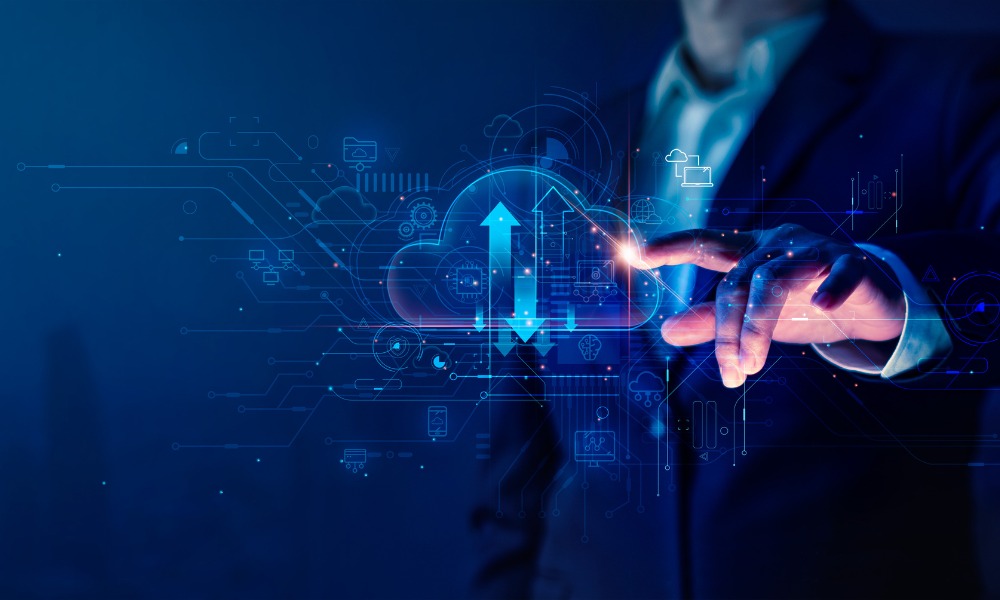
From tracking assets to ensuring workplace safety and building hybrid workforces, the possibilities are plenty

You’d be forgiven for thinking that the “internet of things” was a general term for the plethora of well, things on the internet, but “The Internet of Things” (IoT) actually represents a critical cornerstone of the impending HR tech revolution.
In simple terms, IoT involves the use of sensors to collect vast amounts of data and deliver it to people promptly. “It’s about ensuring that data gets to the right people at the right time so they can make good decisions or react to changing conditions faster,” said Michele Wong, Spark NZ’s IoT lead.
For HR, the ability to monitor the environment and conditions in which people work has the potential to revolutionise the work experience.
“Once you have more data at the fingertips of your HR team, there are innovative and creative ways to create a better people experience and improve workplace policies,” she said.
Using the example of having a simple sensor on a fridge that can alert employees if the temperature falls below a certain level, Wong told HRD, “This demonstrates the power of having data at your fingertips to take immediate informed action.”
But the applications for HR extend far beyond fridge temperature gauging; from tracking assets to ensuring safety in the workplace and building hybrid workforces, the possibilities are plenty.
“A lot of it is about empowering the employees of a business, so that they've got the tools, they’ve got the data, to make decisions or do things easier and better,” said Wong.
But it isn’t just about collecting data, it’s also about streamlining processes to enhance productivity. In a society where people work increasingly long hours and have high levels of burnout, this technological shift is particularly pertinent.
“When you think about it from a productivity perspective, [it’s] ‘How do we make sure this tech helps us do our work in a shorter number of hours?’ That is how we uplift productivity right,” she said.
Highlighting organisation asset tracking as an example, Wong told HRD, “Not knowing where assets are can be a real headache for a lot of businesses. Now with the right tech, businesses can have that information at their fingertips instead of spending hours tracking something down.”
Another practical application for HR is new technology’s ability to monitor conditions to ensure the safety of employees.
“So, that is around making sure that we’ve got an actual healthy working environment for people to work in,” said Wong.
Spark Innovation Studio has just partnered with Waikato-based start-up AirSuite, a team of environmental specialists seeking to create more sustainable indoor environments, to provide an indoor air quality solution that measures factors such as air pressure, humidity, CO2, temperature, sound, and lighting.
Additionally, emerging technologies like computer vision provide a way to enhance safety further. Cameras coupled with AI can detect hazardous conditions and immediately alert the right individuals or halt machinery.
But one of the more immediate applications is in designing hybrid work policies. With the workforce increasingly split between in-office and remote settings, technology will play a vital role in crafting policies that optimise productivity and wellbeing in a hybrid world.
“Some of these solutions are in the market, but some are also emerging in the sense that they are just at the beginning of adoption, and they will get better and more sophisticated,” said Wong.
To find out more about IoT and emerging technologies, visit Spark NZ’s Innovation Lab here.